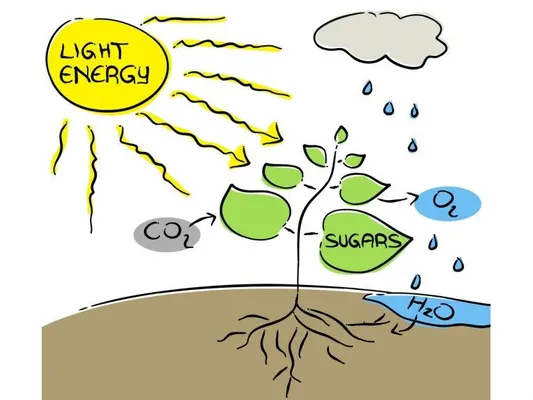
Unit 7 Photosynthesis Review Sheet Quiz
Quiz on review sheet material on Photosynthesis Science grade 8 12B By Kylie Photo URL: http://www.earthtimes.org/newsimage/photosynthesis-dream-renewable-energy_1_02842012.jpg
published on May 28, 2013